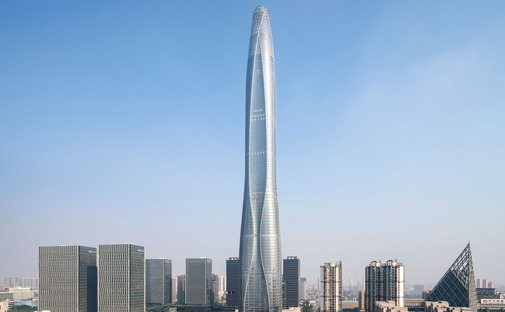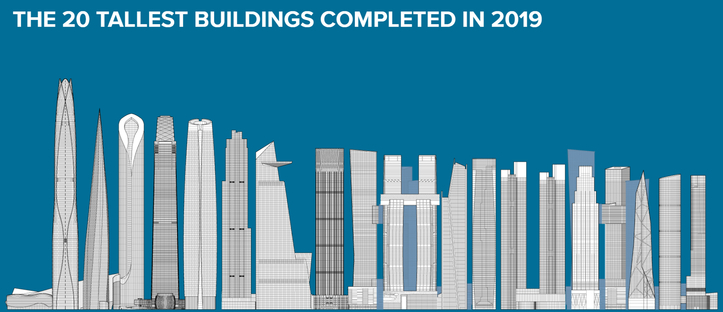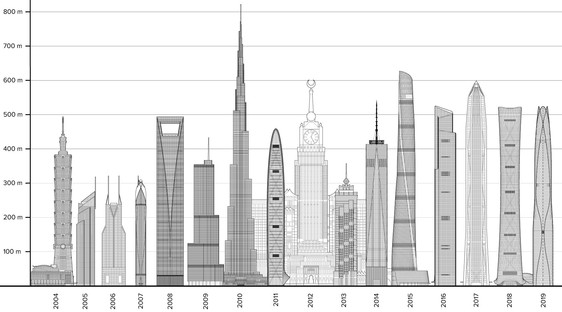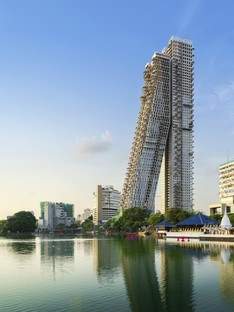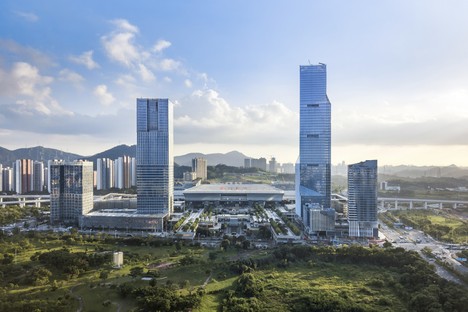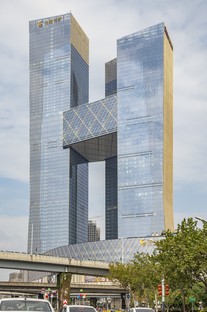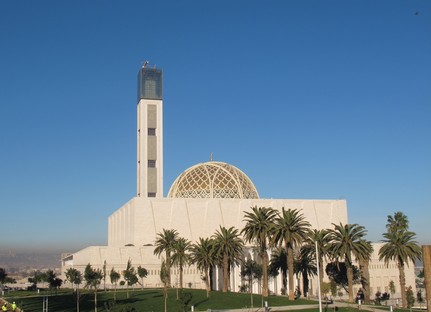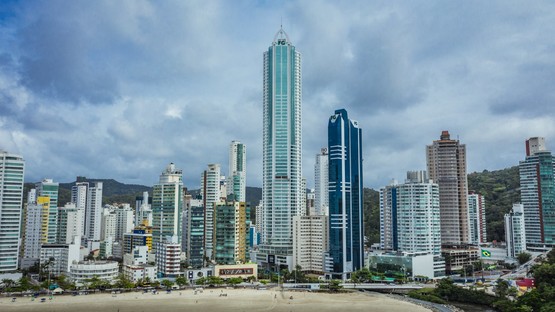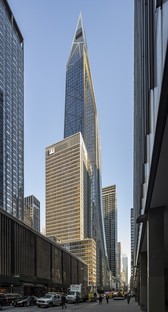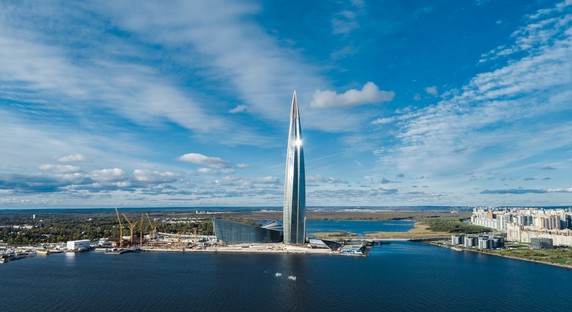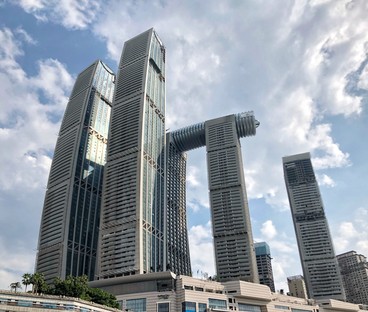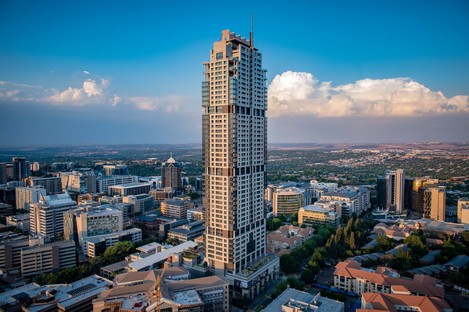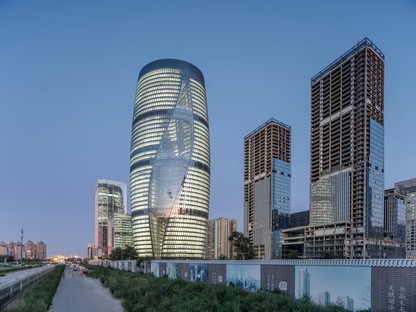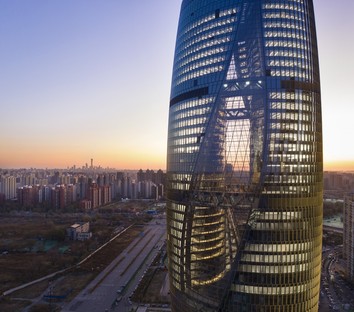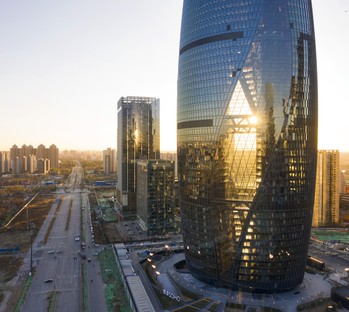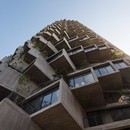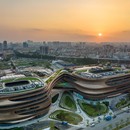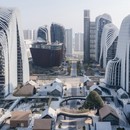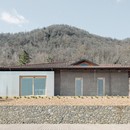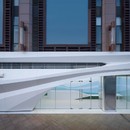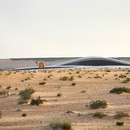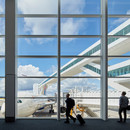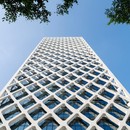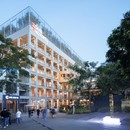14-01-2020
Skyscrapers in 2019 - the CTBUH Annual Report
Zaha Hadid Architects, Skidmore, Owings & Merrill LLP, Ateliers Jean Nouvel,
Beijing, China, Shenzhen, China, New York, USA, Nanjing, China, Guangzhou, China,
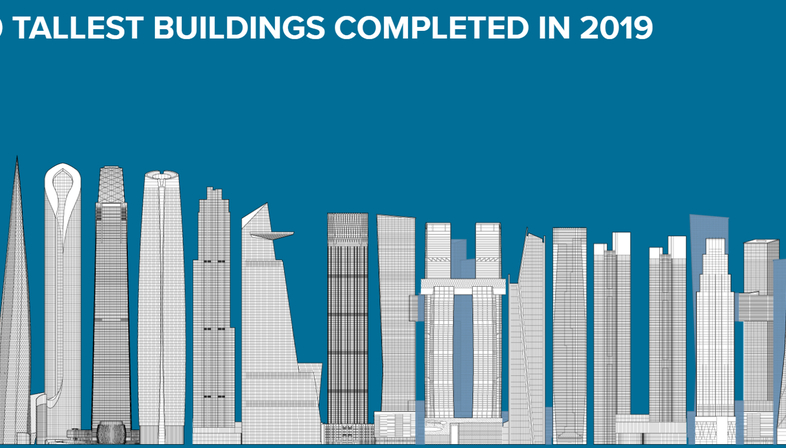
CTBUH published its annual “CTBUH Year in Review: Tall Trends of 2019” report, focused on skyscrapers completed in 2019. In the year that just ended, a new record was set with 126 buildings measuring 200 metres or taller. Among those, 26 rank as “supertall”, in other words skyscrapers over 300 metres in height. In 2018, a total of 18 buildings were listed in this category. There are now 170 “supertall buildings” in the world, clearly illustrating the evolution of construction techniques (consider that in 2000, there were only 26 skyscrapers in the world taller than 300 metres). Moreover, in 2000 and up to 15 years ago there were no buildings taller than 500 metres. In 2019, on the other hand, for the fifth year in a row, another one of these architecture “giants” was completed: the 530-metre-tall Tianjin CTF Finance Centre or Tianjin Chow Tai Fook Binhai Centre designed by the SOM (Skidmore, Owings & Merrill) firm and built in Tianjin, China. It is the seventh tallest building in the world and the third tallest skyscraper in China, together with the Guangzhou CTF Finance Centre designed by Kohn Pedersen Fox Associates, which is also 530 metres tall. The SOM skyscraper, together with the Leeza Soho designed by the Zaha Hadid Architects firm and built in Beijing and the 53W53 or MoMa Expansion Tower designed by Jean Nouvel and built in New York, are some of the most significant examples of skyscrapers that used unusual shapes to solve the physical limits imposed by the specific context.
In terms of design, Skybriges, in other words horizontal volumes which are part of the vertical development of the skyscraper and of the towers that compose it, confirmed themselves as one of the main trends in 2019. Some of the key examples completed in the past year include the Raffles City Chongqing built in Chongqing (China), the Sky Suites @ KLCC in Kuala Lumpur (Malaysia) and the Golden Eagle Tiandi in Nanjing (China).
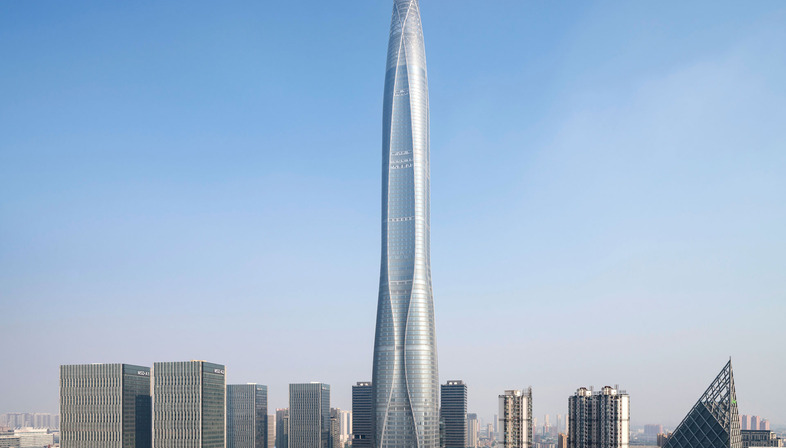
Compared to 2018, fewer buildings were built with a height of at least 200 metres, a result expected by the CTBUH and attributed to the fact that many of the projects completed in 2019 were started over five years ago, thus reflecting an economic situation linked to the 2008 financial crisis. Nevertheless, skyscrapers were completed in 9 areas around the world and the list of countries with tall buildings has actually grown, with the entry of a number of new nations into the CTBUH annual report. New skyscrapers were built, for example, in Algeria (in the capital city of Algiers) with the Great Mosque of Algiers which stands at 265 metres, as well as in Johannesburg (in South Africa), with The Leonardo, a 227-metre-tall skyscraper. In Europe, the Lakhta Centre, a 462-metre-tall skyscraper, was completed in the Russian city of St. Petersburg. In Brazil, a country that already has numerous tall buildings, a new local record was set with the completion of the Infinity Coast Tower in Balneário Camboriú. Standing 235 metres tall, it is the first skyscraper in the country to exceed a height of 200 metres.
At a macroscopic level, Asia is confirmed as a leader in the presence of skyscrapers. In 2019, 69% of skyscrapers were completed in Asian countries (with the exclusion of the Middle East), representing 87 out of the 126 completed worldwide, of which 57 are in China (45% of the total). The United States finds itself in second place, with 14 completed buildings, representing 11% of the 2019 total. The Middle East ranks third, with 11 completed buildings.
In terms of cities, it is Shenzhen, in China, which once again confirmed itself as the city with the highest number of skyscrapers in the world, breaking its own record for the fourth consecutive time, with 15 completed buildings, representing 11.9% of the global total. Dubai, on the other hand, ranks second, with nine completed buildings.
(Agnese Bifulco)
Images courtesy of CTBUH










